
ECS Toyota Young Investigator Fellowship 2025-2026 Winners
Research, In the News, TRINA
ANN ARBOR, MI The Electrochemical Society (ECS) and the Toyota Research Institute of North America (TRINA) have announced the 2025-2026 cohort of ECS Toyota Young Investigator Fellows, recognizing emerging leaders in electrochemical and solid-state science and technology. This prestigious fellowship supports early-career researchers who demonstrate outstanding potential to advance the field through innovative research. The … Continued
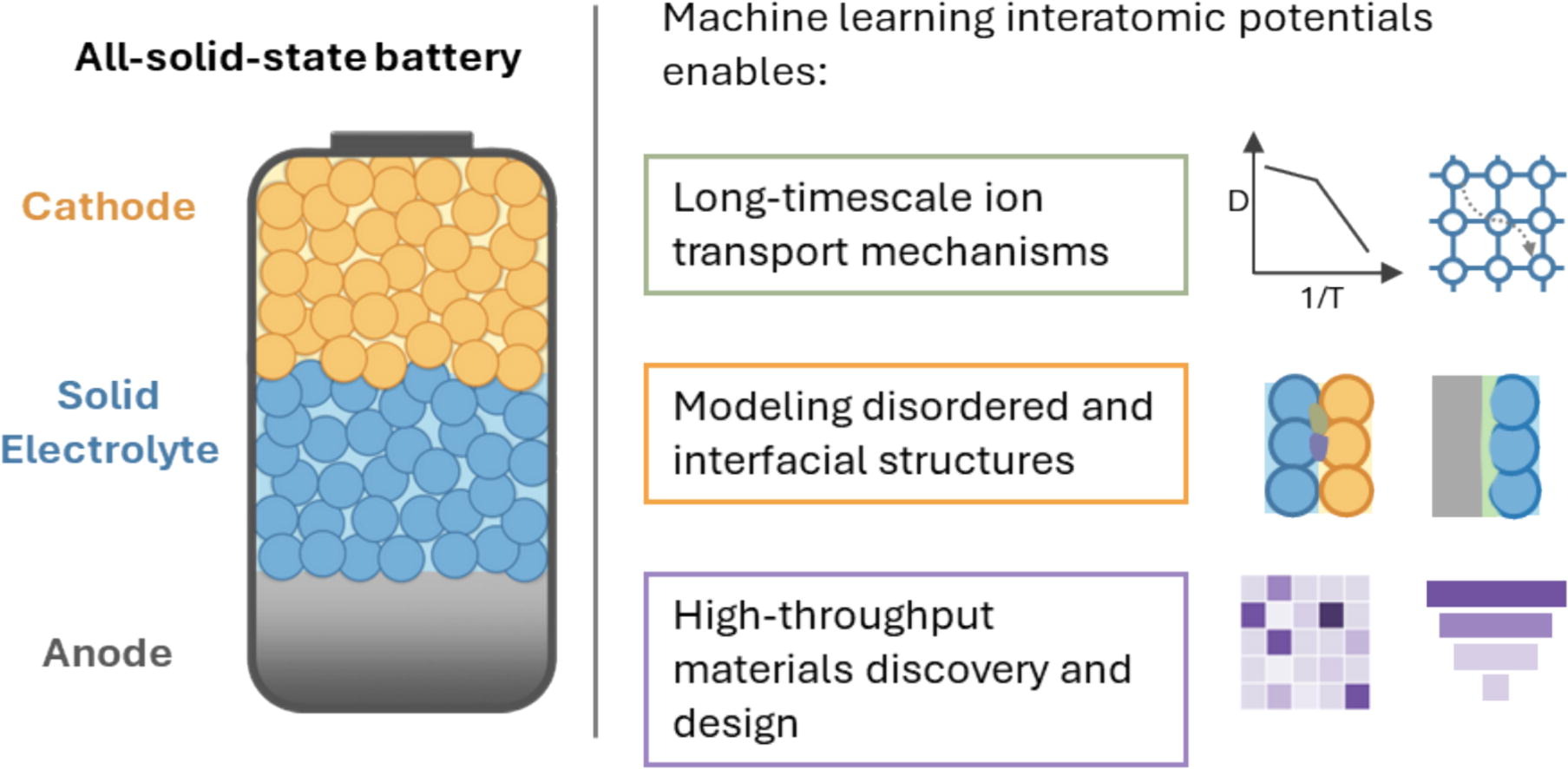
Machine Learning Transforms Atomistic Simulations for Next-Generation Solid-State Batteries
Research, In the News, TRINA
ANN ARBOR, MI In a new review published in the Journal of Energy Chemistry, Toyota Research Institute of North America (TRINA) researchers Dr. Qian Chen, Dr. Siwen Wang, and Dr. Chen Ling present a groundbreaking perspective on how machine learning is revolutionizing the simulation of all-solid-state batteries (ASSBs). These batteries promise improved safety, higher energy density, … Continued
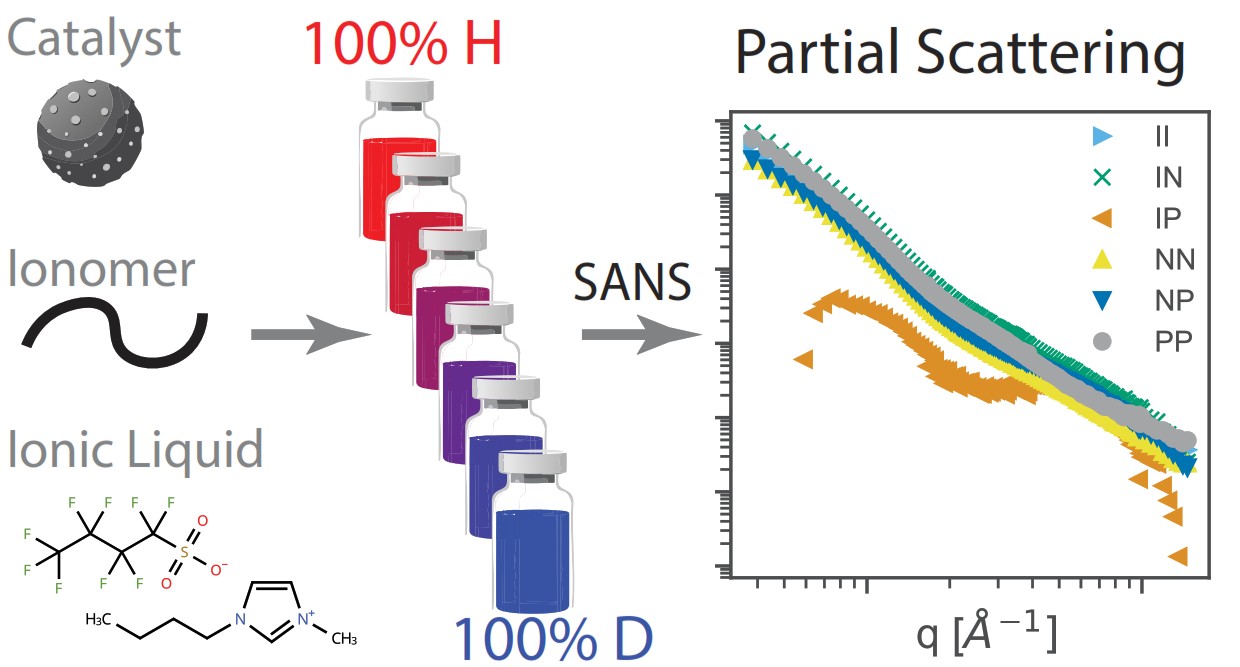
TRINA and NIST Reveal How Ionic Liquids Reshape Catalyst Ink Structure and Impact Fuel Cell Performance
Research, In the News, TRINA
ANN ARBOR, MI The Materials Research Department at Toyota Research Institute of North America (TRINA) along with the National Institute of Standards and Technology (NIST) have have uncovered how ionic liquids (ILs) influence the microscopic structure and function of catalyst inks used in proton exchange membrane fuel cells (PEMFCs). Their findings, published in Macromolecules, provide … Continued
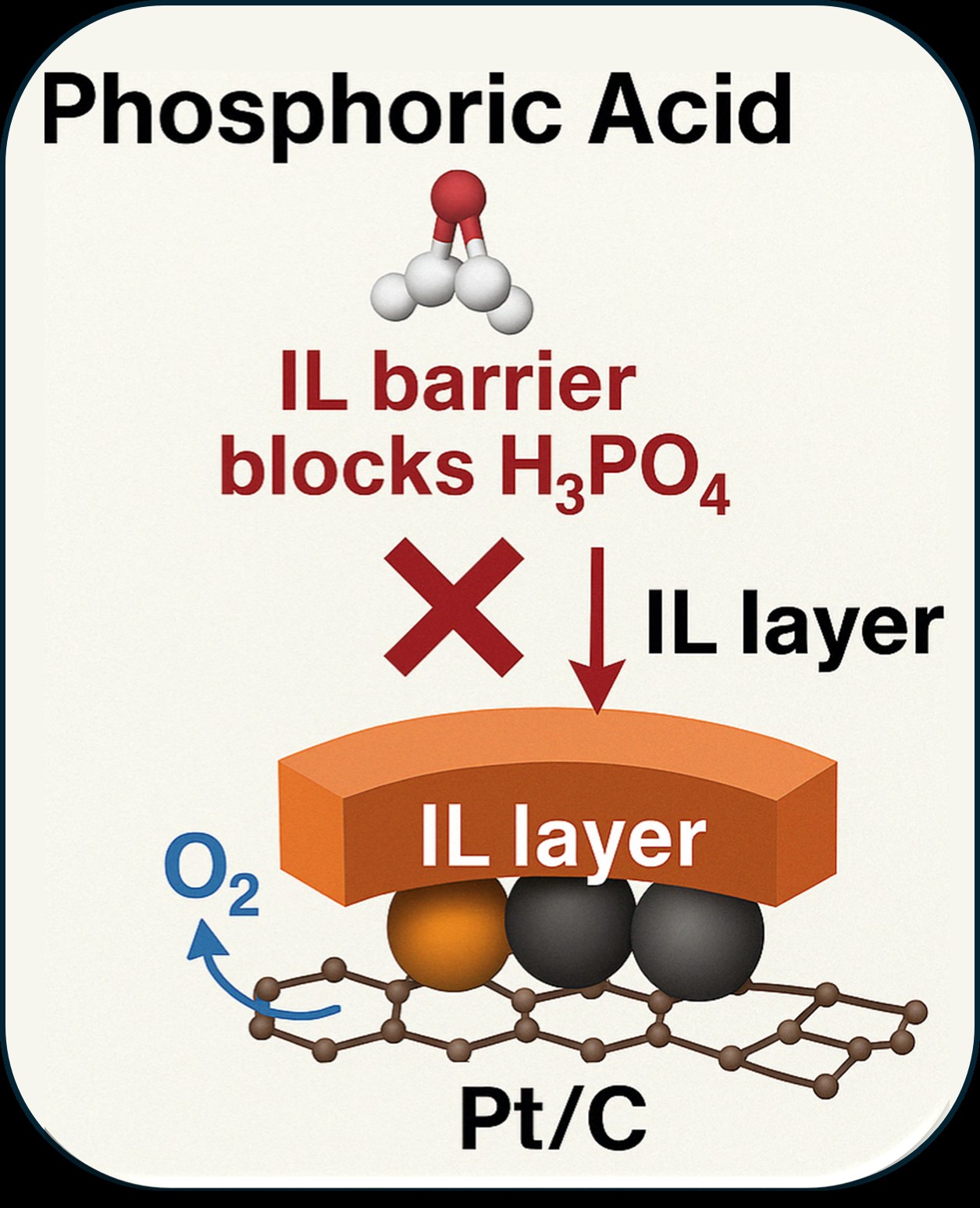
TRINA’s Liang Wang Unveils Ionic Liquid Strategy to Boost High-Temperature Fuel Cell Efficiency
Research, In the News, TRINA
ANN ARBOR, MI Dr. Liang Wang of the Materials Research Department at Toyota Research Institute of North America (TRINA) has developed a promising new method to enhance the performance of high-temperature polymer electrolyte membrane fuel cells (HT-PEMFCs), a key technology for future heavy-duty vehicles. In a recent study published in Journal of Power Sources, Dr. … Continued
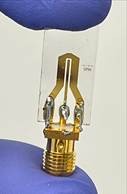
TRINA Develops High-Efficiency hexagonal Boron Nitride Quantum Sensor using Miniaturized Single-Port Waveguide Design
Research, In the News, TRINA
ANN ARBOR, MI The Materials Research Department at Toyota Research Institute of North America (TRINA) has achieved a major milestone in quantum sensor design by developing a compact and efficient hexagonal boron nitride (hBN)-based device. Published in Nano Letters, the study showcases a new generation of hBN-integrated quantum sensors that dramatically improve optical readout and … Continued
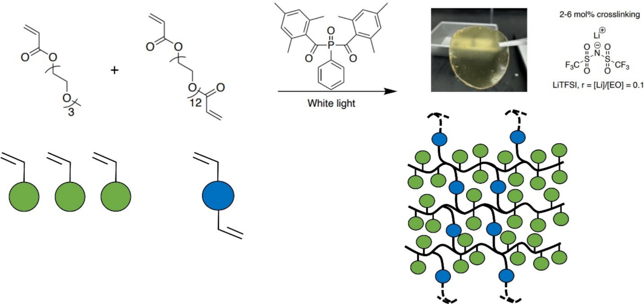
TRINA and UIUC Researchers Design Tunable Polymer Electrolytes for Safer, High-Performance Lithium Batteries
Research, In the News, TRINA
ANN ARBOR, MI A collaborative team led by Dr. Shailesh Joshi, Dr. Tim Arthur, Prof. Chris Evan, and Prof. Paul V. Braun at the University of Illinois Urbana-Champaign has unveiled a new class of solid-state polymer electrolytes (SPEs) that could advance lithium-ion battery technology. Published in Journal of Polymer Science, their work tackles the longstanding … Continued
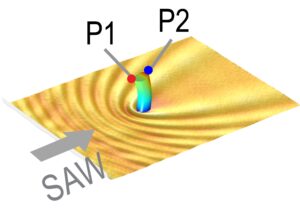
Tiny Pillars, Big Impact: Taehwa Lee’s Team Unveils Micropillar Resonators for Directional Acoustic Sensing
Research, In the News, TRINA
ANN ARBOR, MI In a recent Editors’ Selection publication in Physical Review B, Dr. Taehwa Lee and his team unveiled a novel method to detect the direction of surface acoustic waves (SAWs) using a single subwavelength micropillar resonator. This breakthrough provides a compact, efficient solution for monitoring SAWs, which play crucial roles in modern electronic … Continued
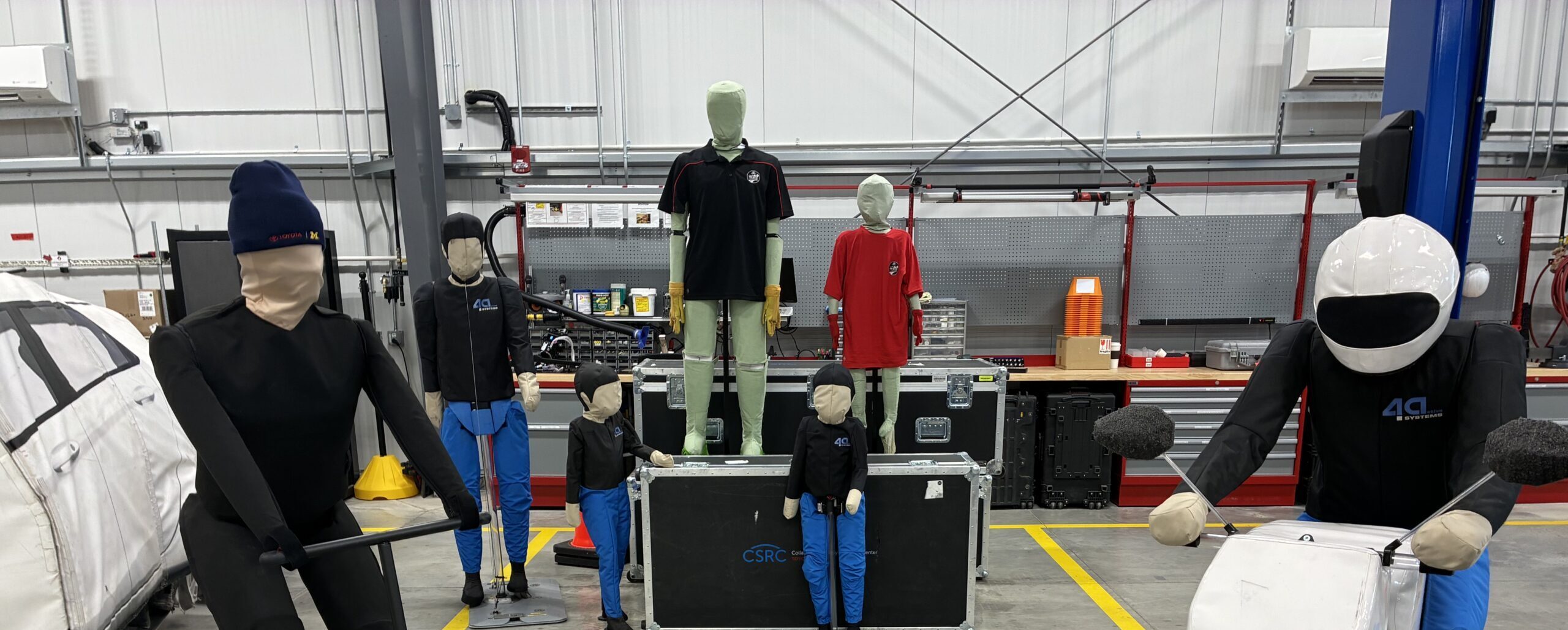
Celebrating 100 CSRC Projects and Counting
Research, In the News, CSRC
ANN ARBOR, MI Toyota’s Collaborative Safety Research Center (CSRC) announced today the completion of its 100th research project, a collaboration with the Massachusetts Institute of Technology (MIT) AgeLab. The project characterized non-driving related tasks during highway driving, with and without driver assistance technologies. At a media event today in Michigan, the teams presented some of … Continued
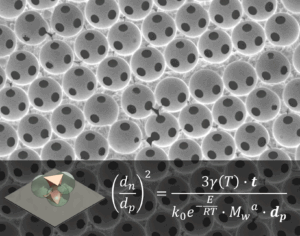
The Science of Sintering: Predicting Inverse Opal Structures Using Polymer Physics
Research, In the News, TRINA
ANN ARBOR, MI A recent study by the Electronic Research Department provides groundbreaking insights into how polystyrene beads can be sintered to form highly ordered inverse opal (IO) structures—porous materials used in optics, catalysis, and thermal management. The research explores how the sintering process shapes the morphology of copper inverse opals (CIOs), highlighting the critical … Continued
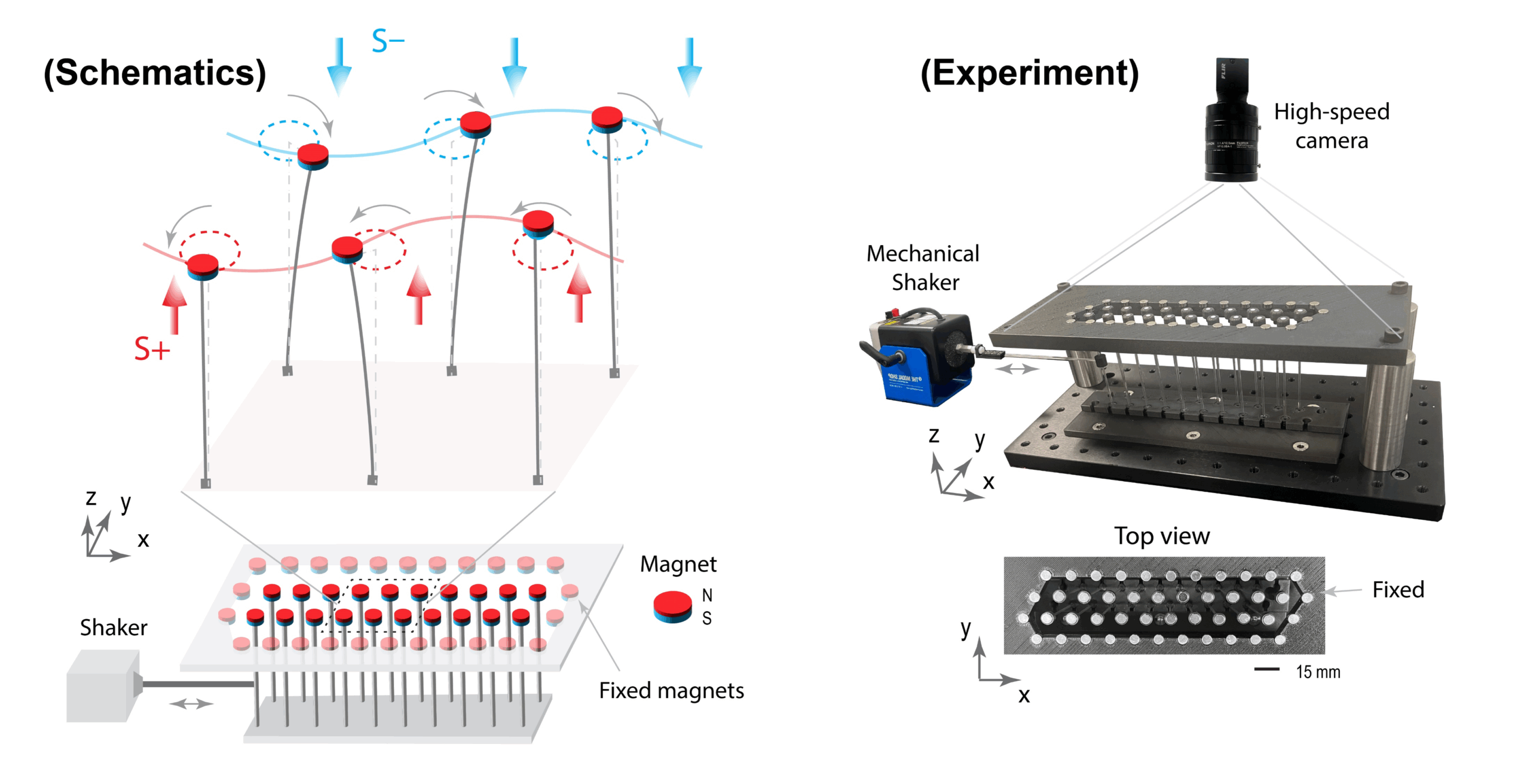
Elastic Spin Waves Take Shape: TRINA Team Creates Magnetic Lattice for One-Way Sound Control
Research, In the News, TRINA
ANN ARBOR, MI In a breakthrough that merges mechanics and magnetism, Dr. Taehwa Lee and his team have developed a novel elastic metamaterial capable of supporting spin angular momentum (SAM) in sound waves. Published in Advanced Physics Research, the study reveals a discrete mechanical system that enables unique control of elastic waves—an achievement with exciting … Continued
